
Projects
Hessian scientists of various disciplines are using High Performance Computers for their research.

Hessian scientists of various disciplines are using High Performance Computers for their research.
Displaying 1 - 30 of 47
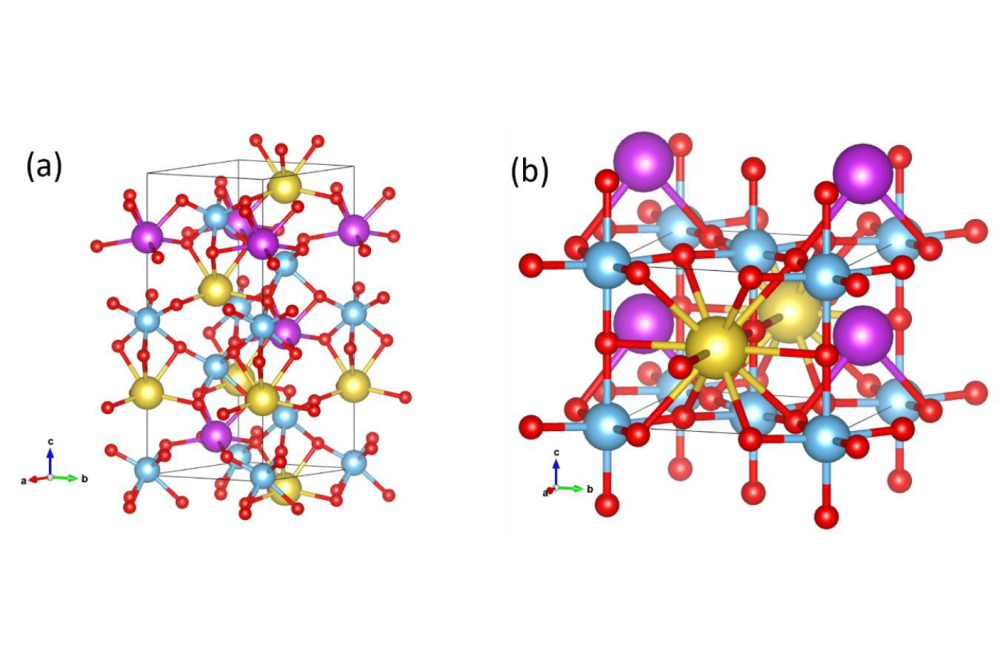
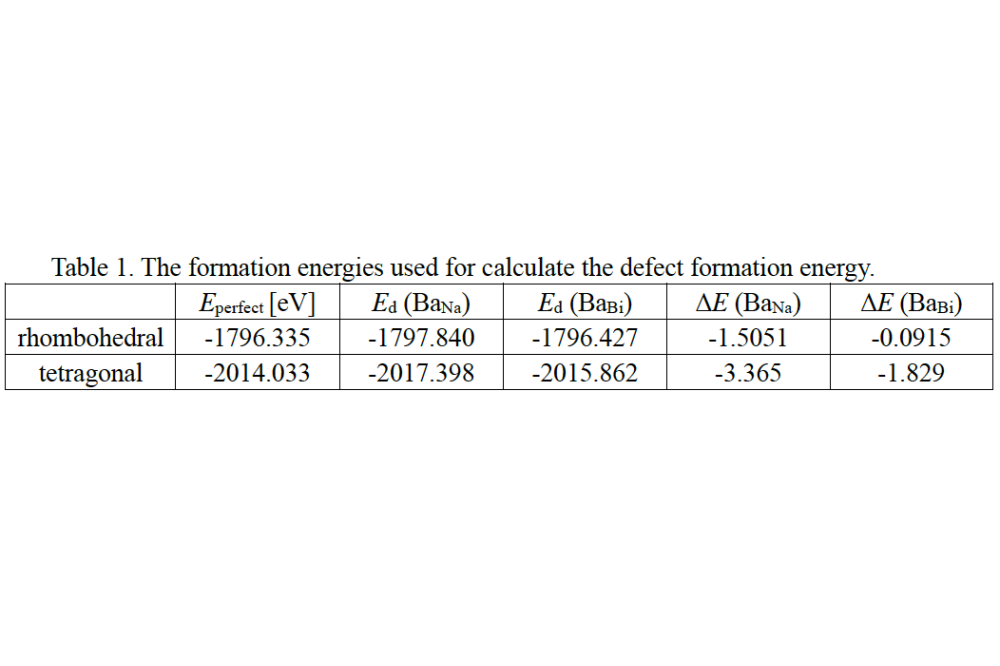
Sodium bismuth titanate-barium titanate (Na0.5Bi0.5TiO3-BaTiO3, abbreviated as NBT- BT) with high Curie temperature and ...
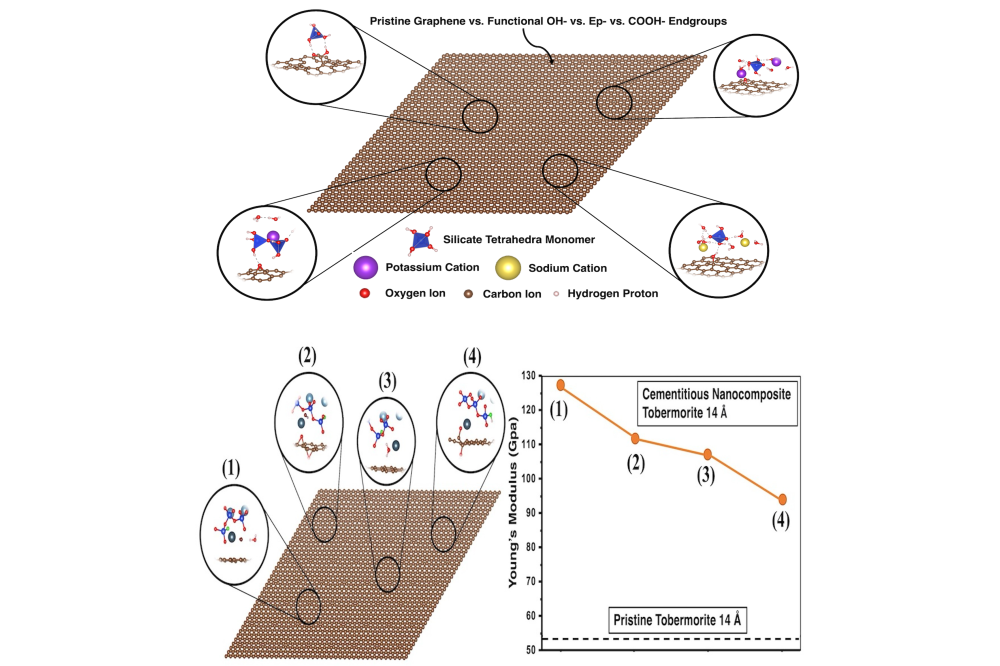
The project seeks to create a comprehensive model linking nanoscale phenomena to larger-scale behaviors to better ...
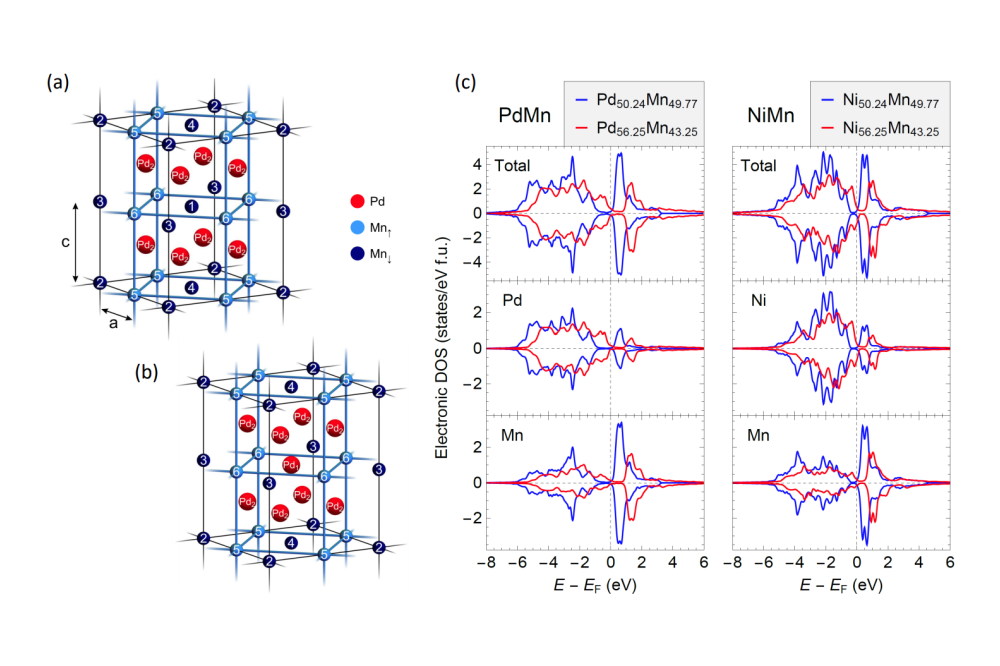
Functional materials for magnetic cooling devices at room temperature are in focus for the materials scientists during ...
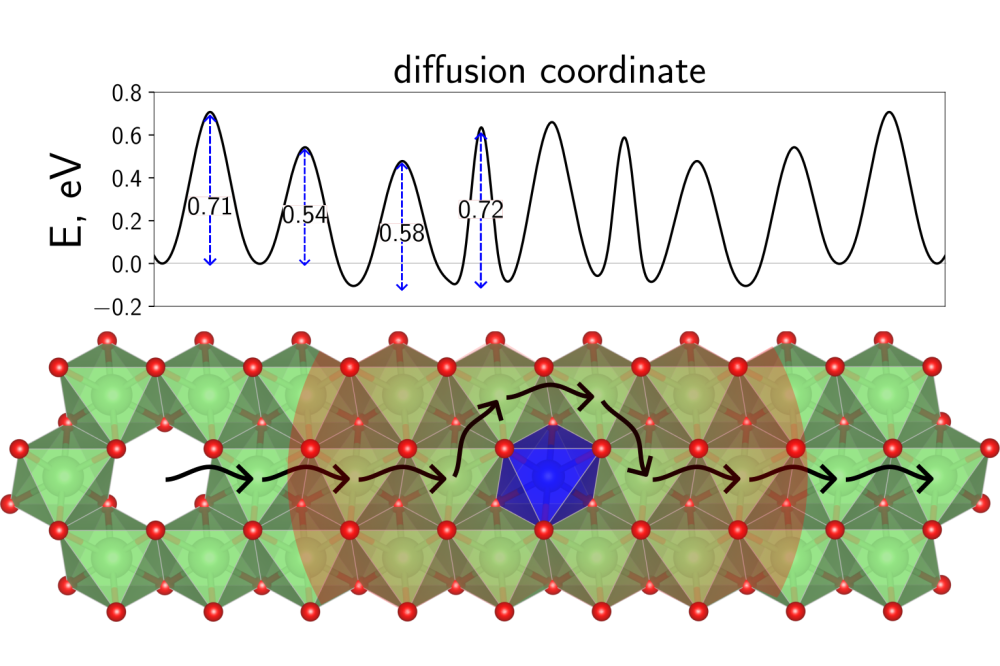
Layered transition metal oxides, derived from the model system LiCoO2, are used as cathode materials in Li-ion batteries ...

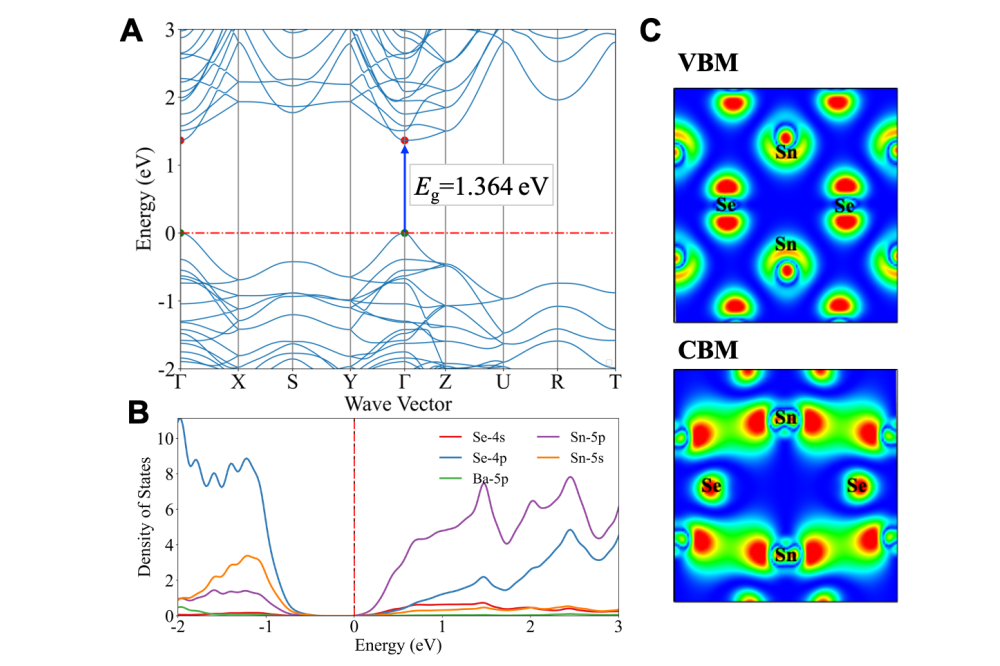
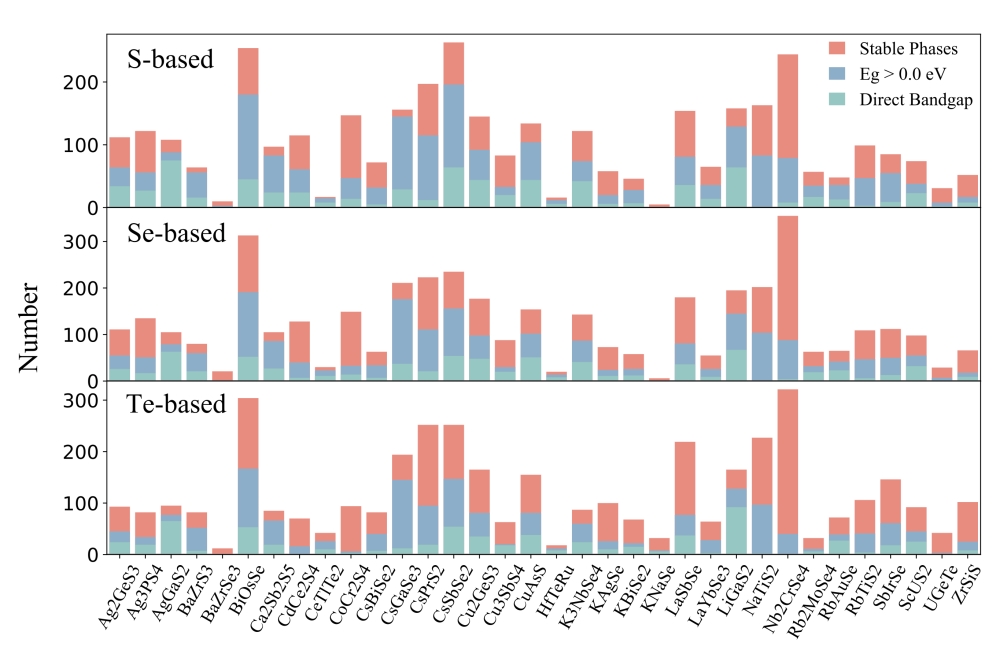
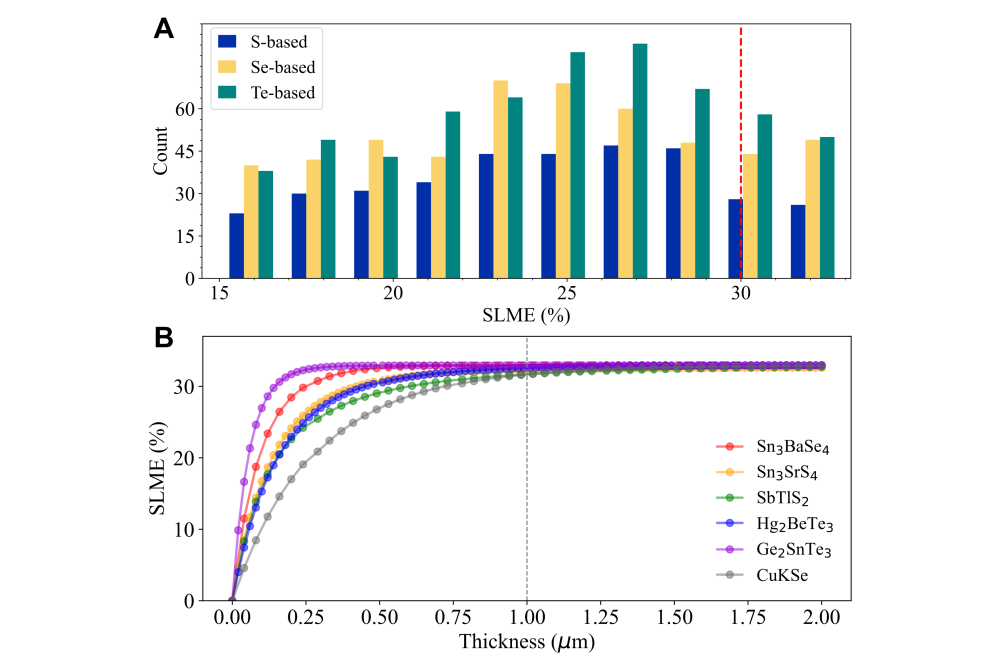
The potential of chalcogenides in applications like optoelectronics, thermoelectrics, transparent contacts, and thin ...
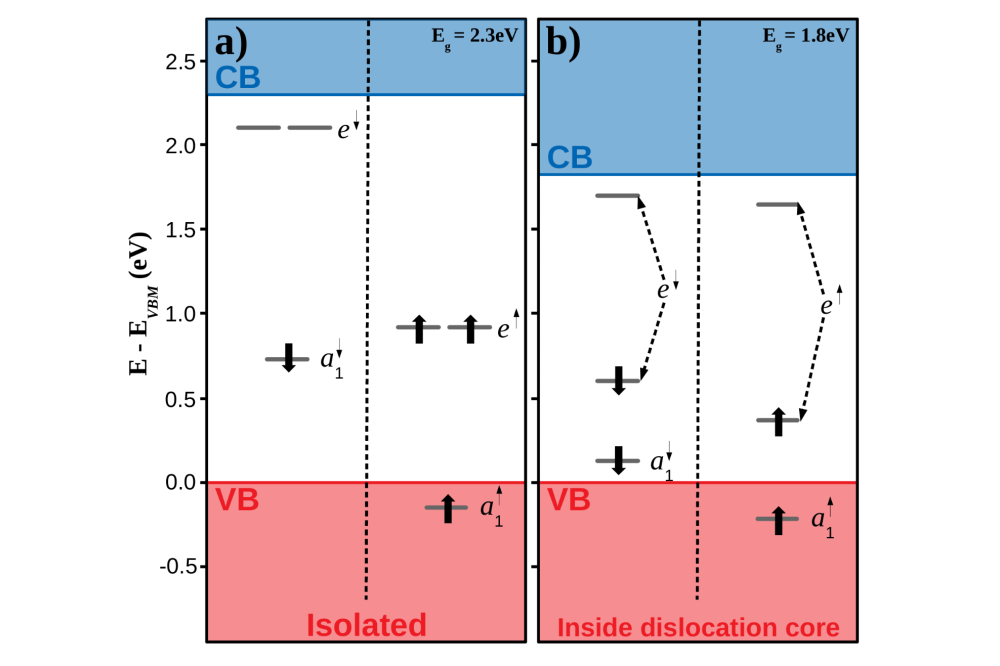
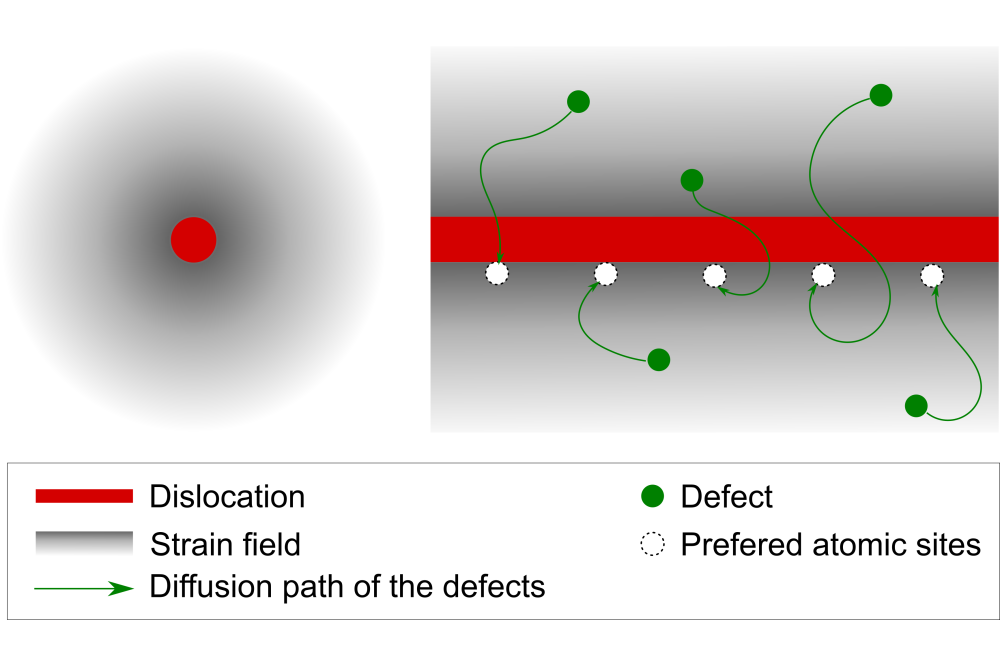
A quantum computer is a device that exploits quantum behavior to solve a computational problem that cannot be tackled ...
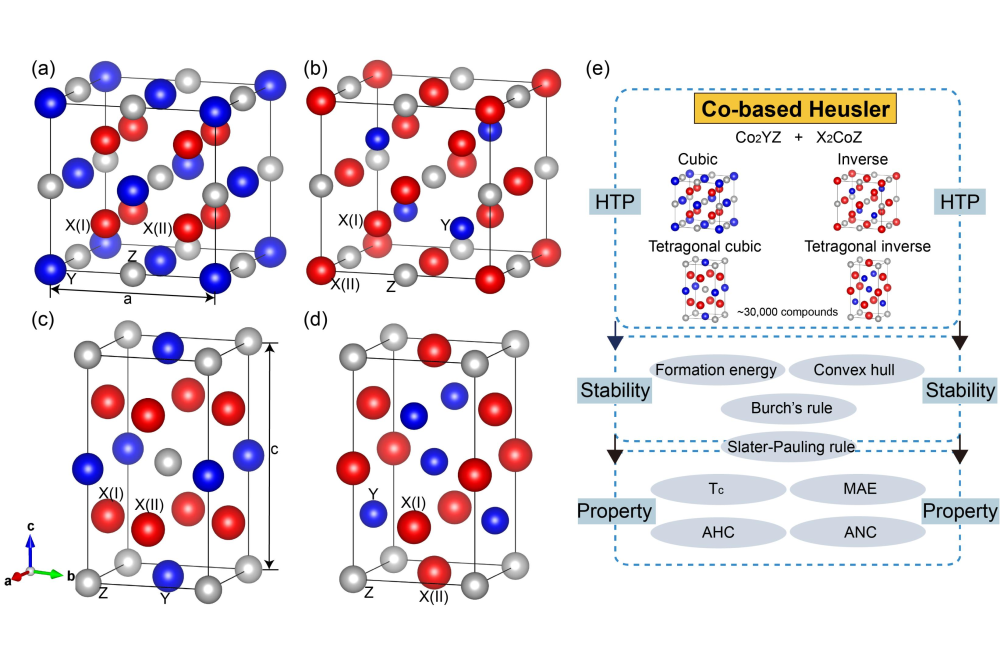
Heusler alloys are a remarkable class of intermetallic materials with a wide spectrum of intriguing physical properties ...
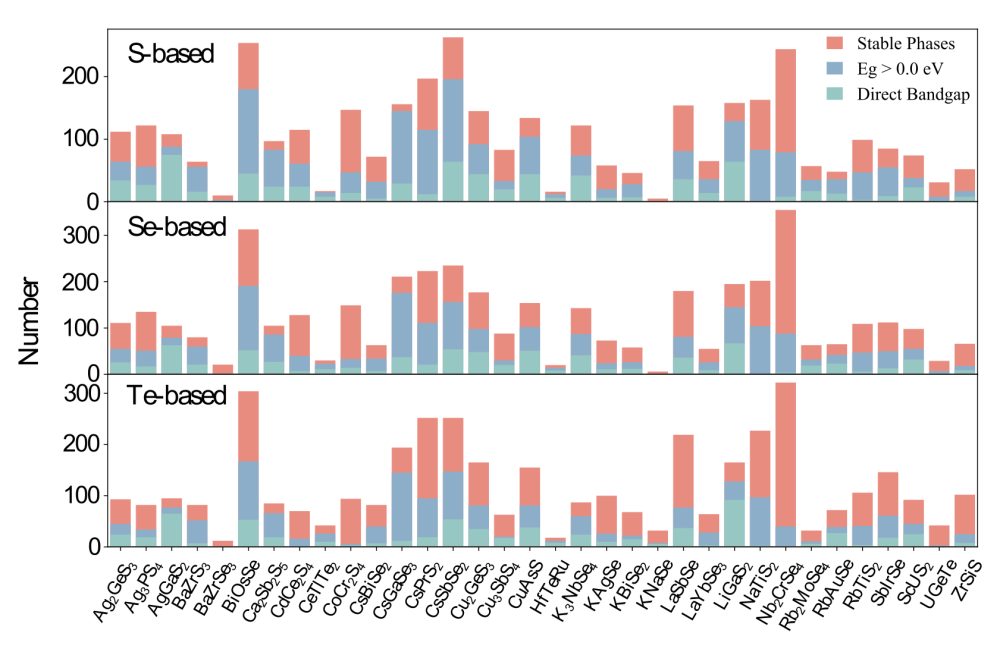
Optoelectronic materials have attracted significant attention owing to the global energy shortage and environmental ...

We survey the landscape of MAB and Mbene superconductors out of our previous high-throughput predictions using first ...
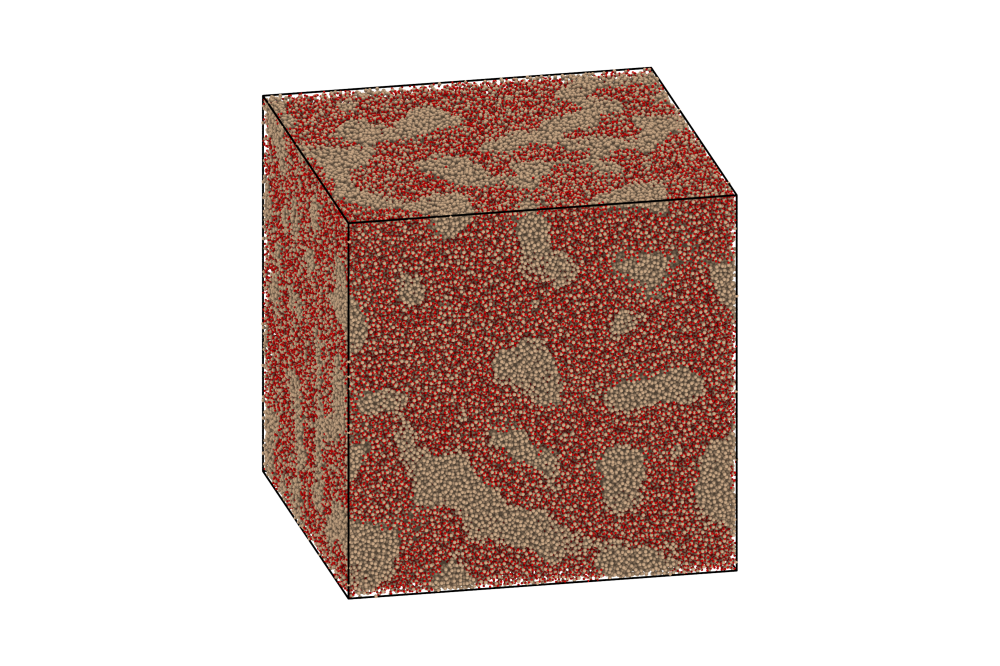
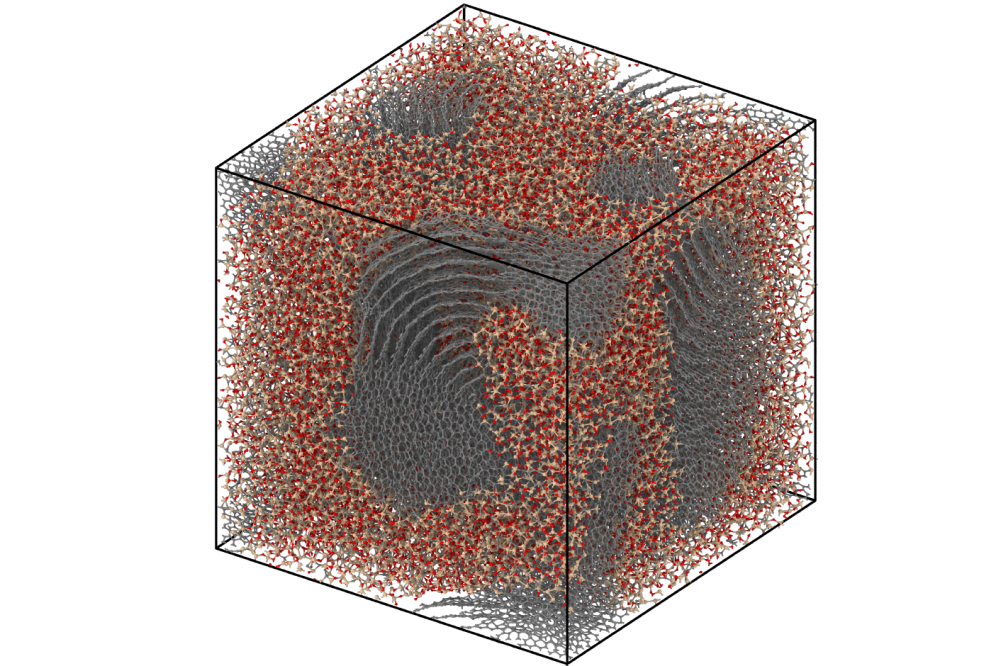
To understand and study complex materials at the atomic level, it is essential to be able to calculate forces and ...
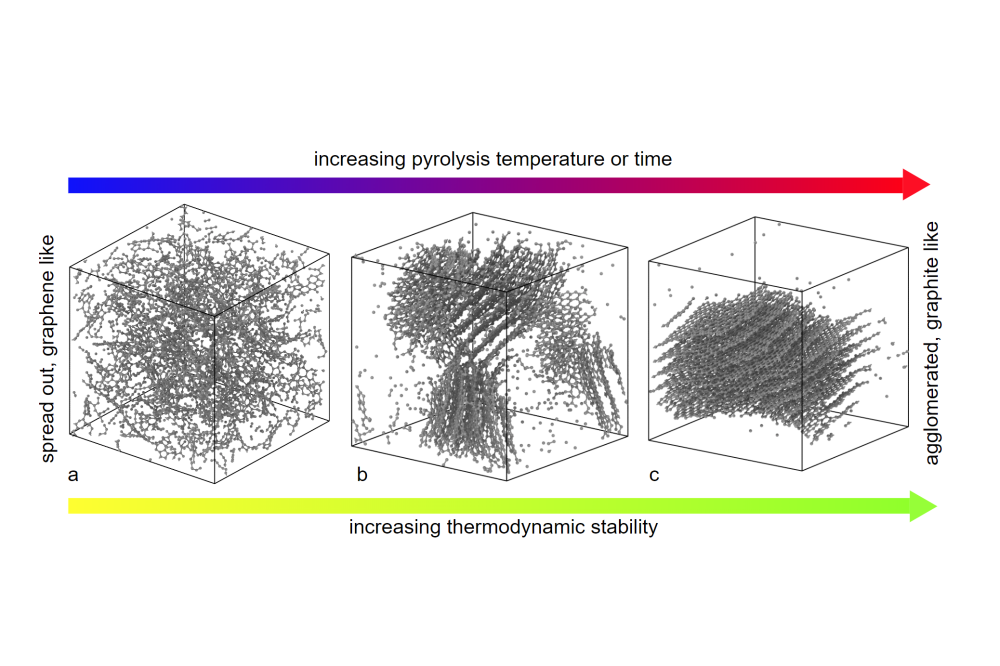
The simulation of materials on the atomistic scale requires a description of interatomic interactions. Quantum ...
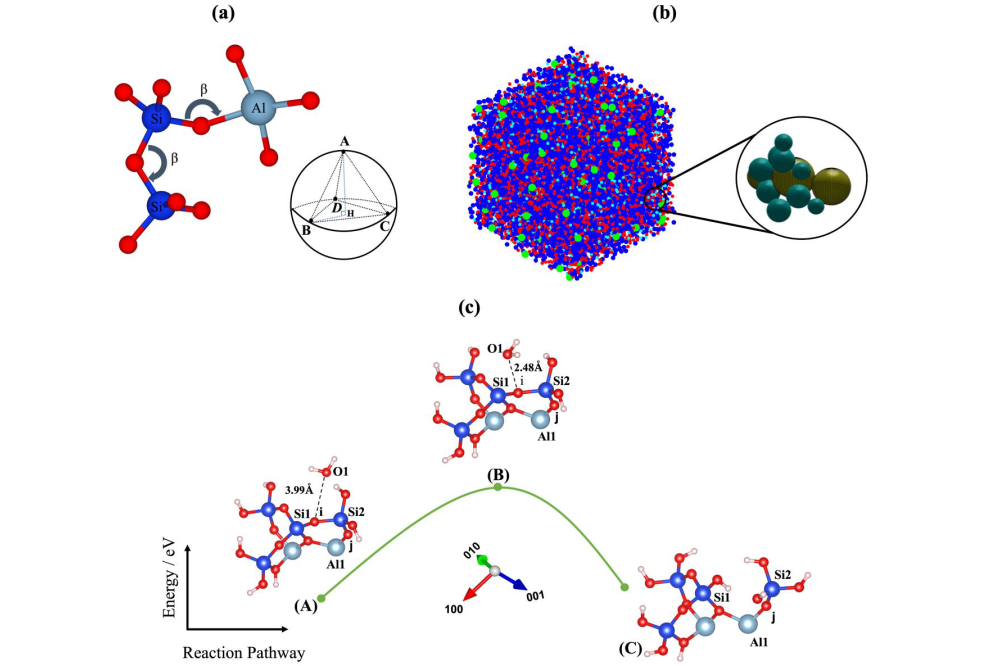
The project aims to develop a bridging model that connects the nanoscale to the upscaled levels for understanding the ...
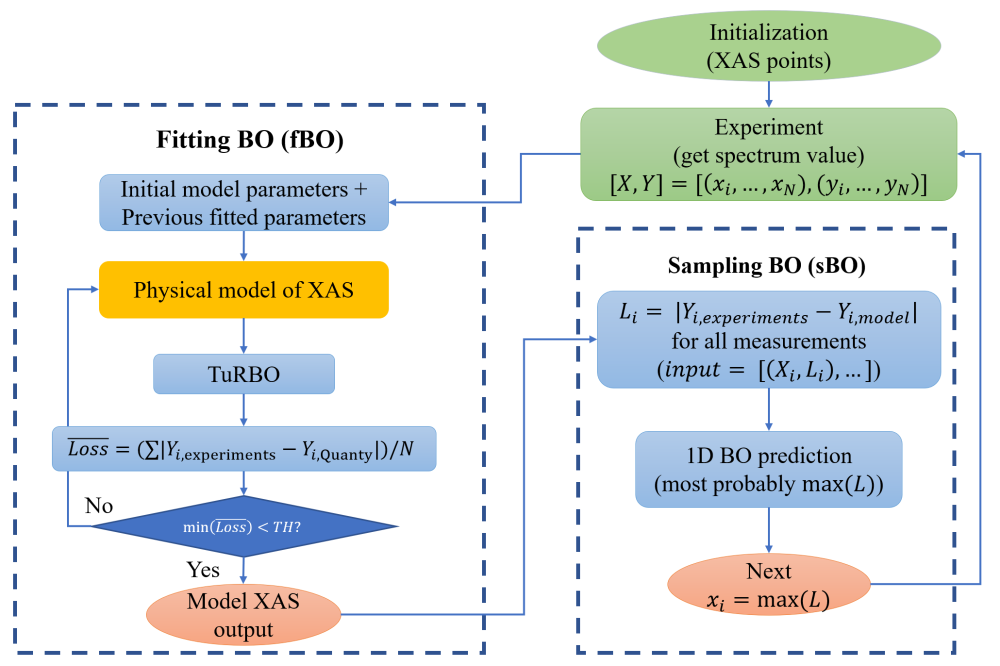
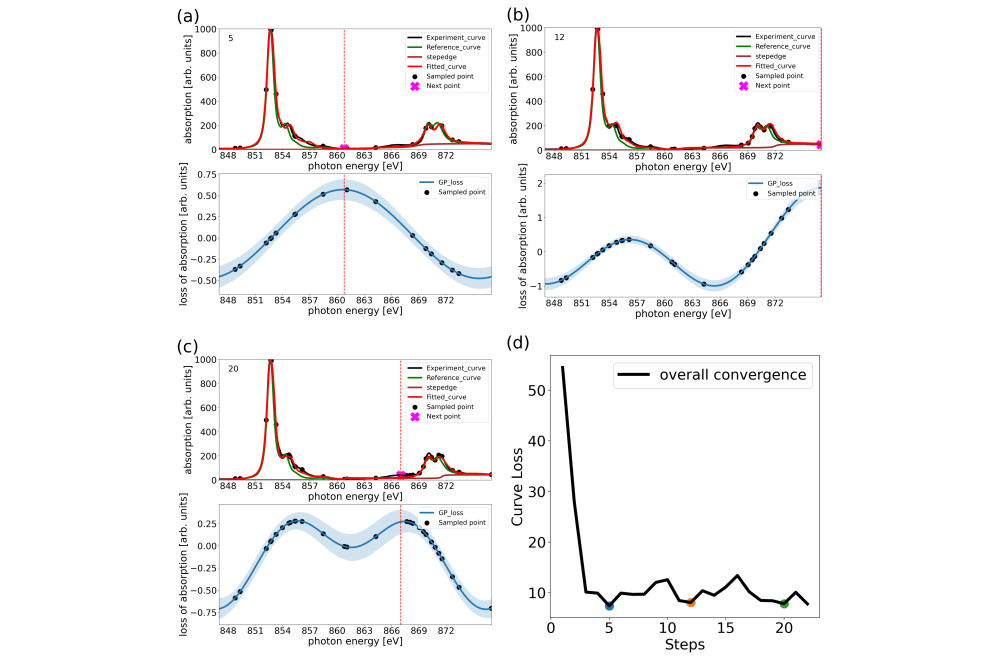
X-ray Absorption Spectroscopy (XAS) is a pivotal technique in material research, requiring numerous sampling points for ...
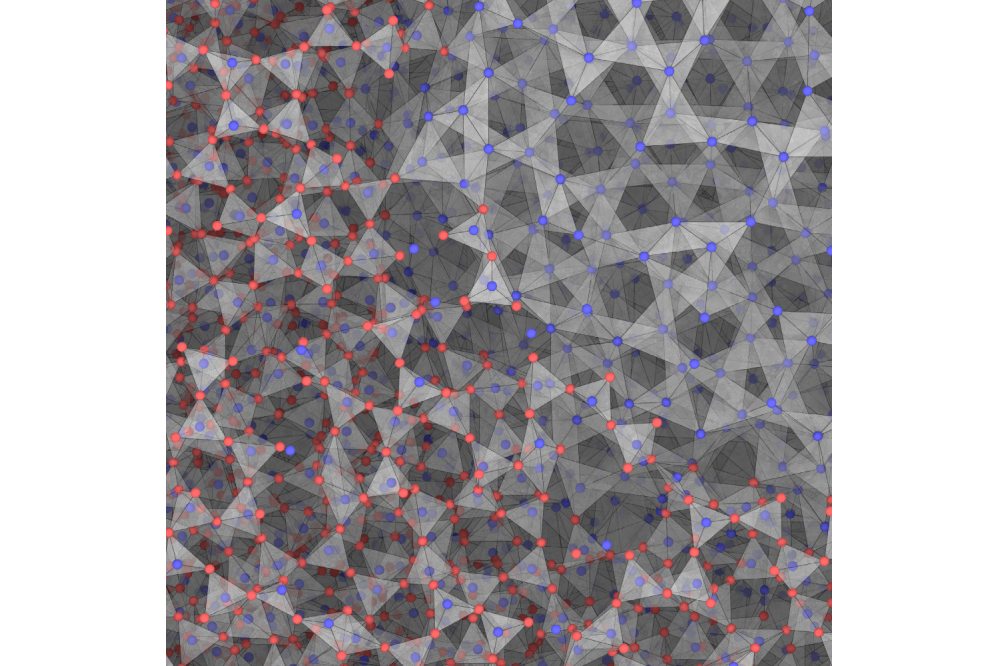
Nowadays, atomistic simulations are becoming more and more important. Due to the increasing availability of ...
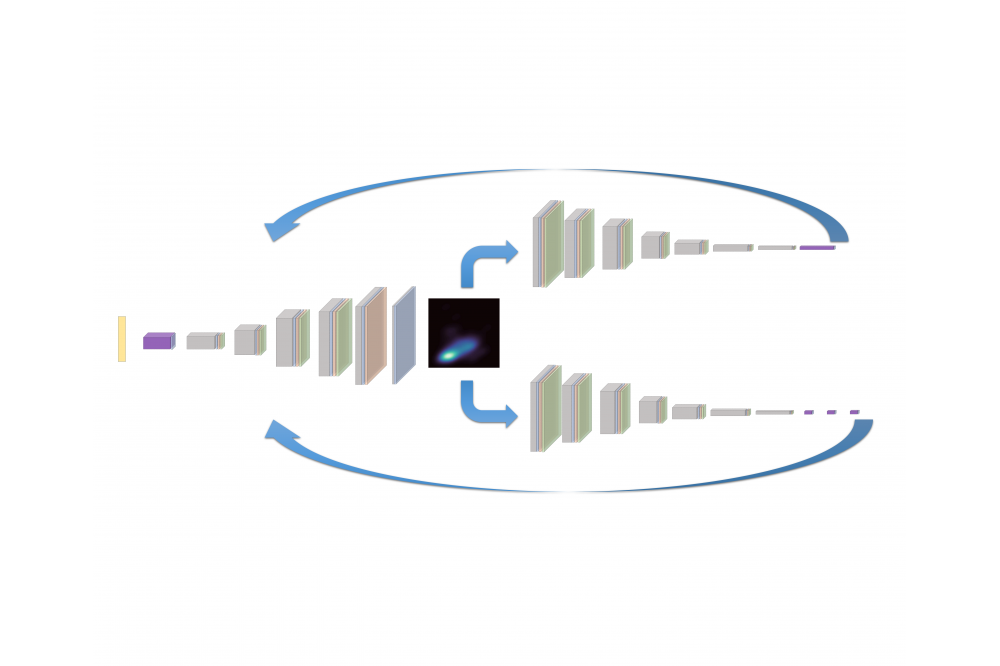
Autonomous materials discovery with desired properties is one of the ultimate goals for modern materials science, and ...
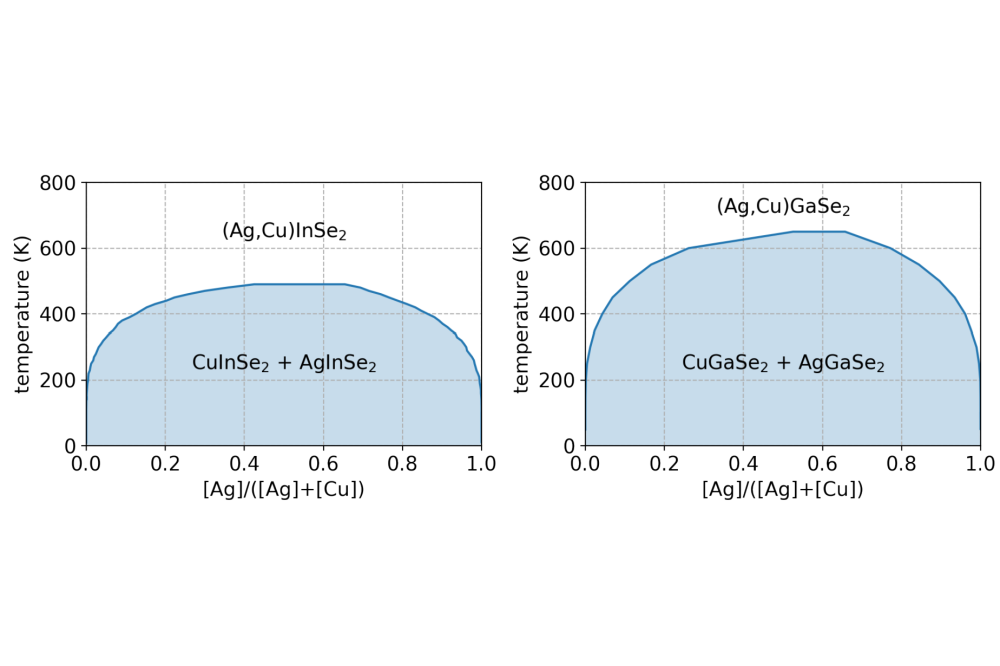
The compound semiconductor system Cu(In, Ga)(S, Se)2 (short: CIGS) forms the basis for the currently most efficient thin ...
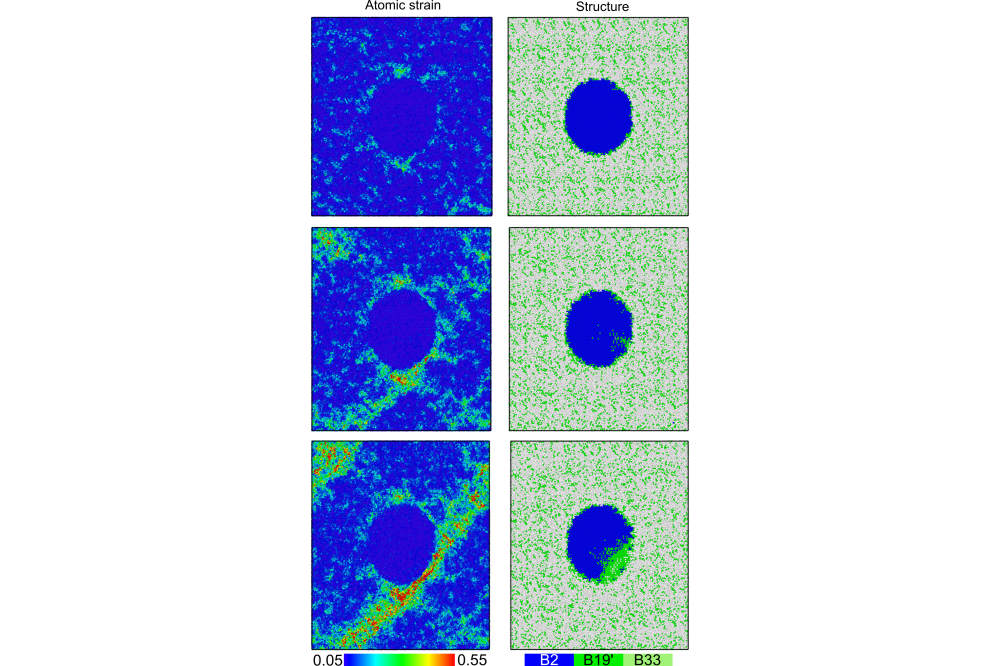
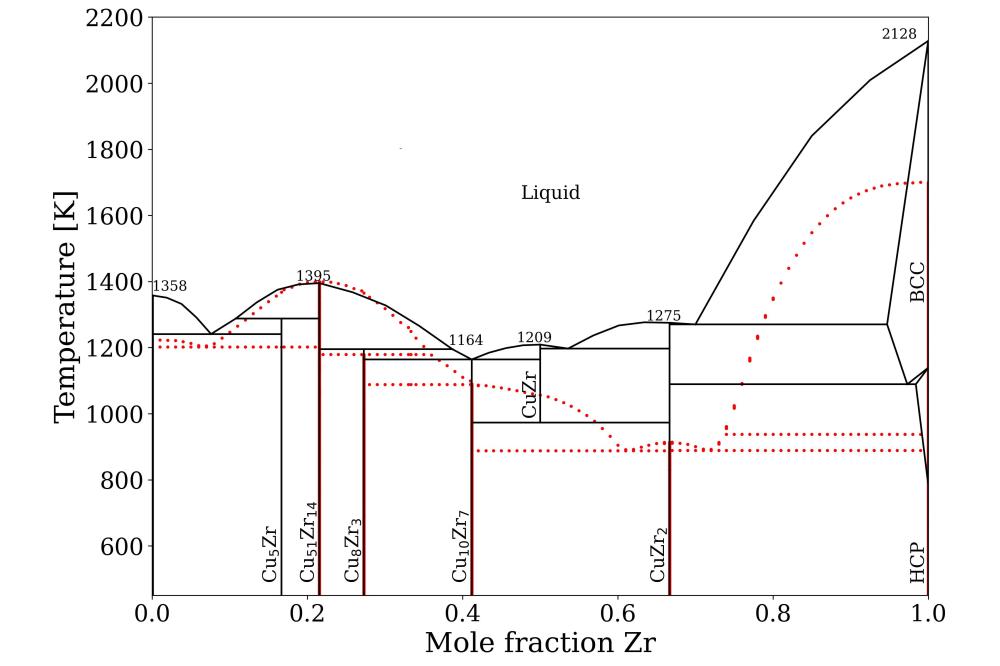
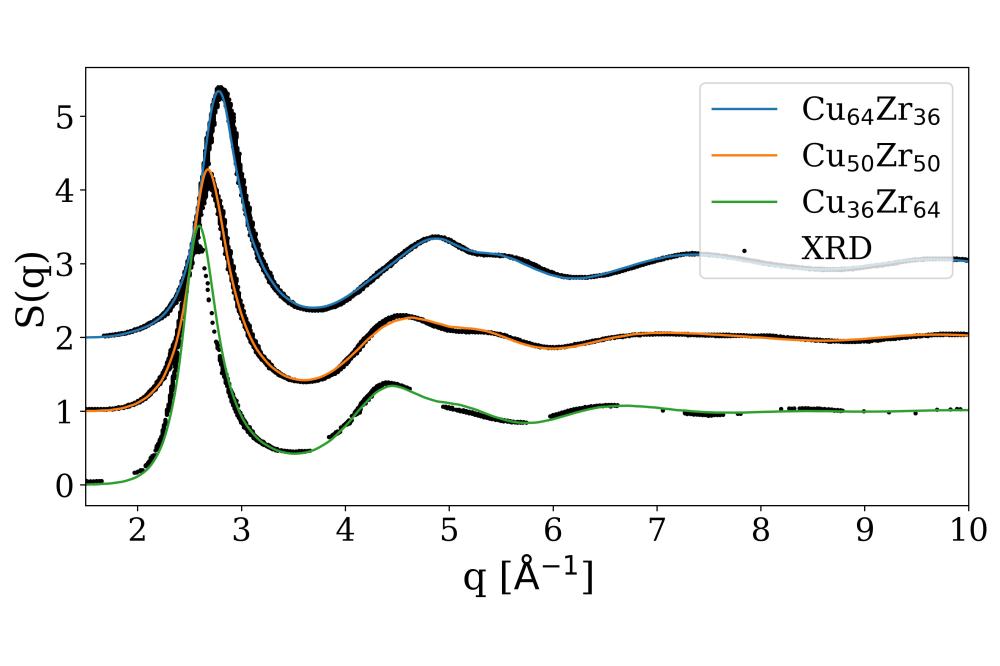
Metallic glasses (MGs) can be produced by quickly quenching alloy melts. They typically show a higher elastic limit and ...
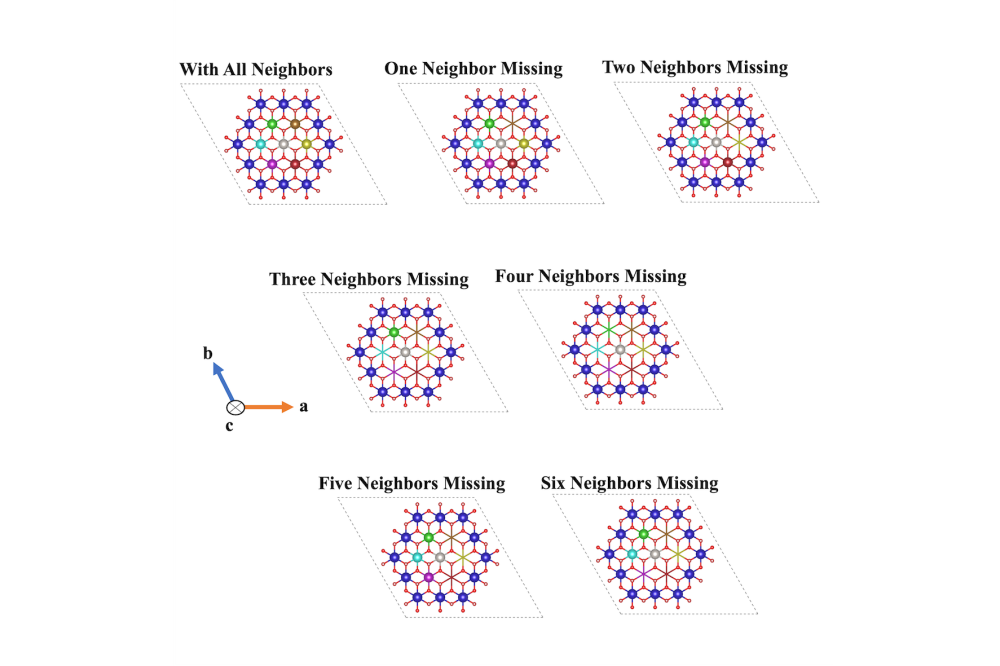
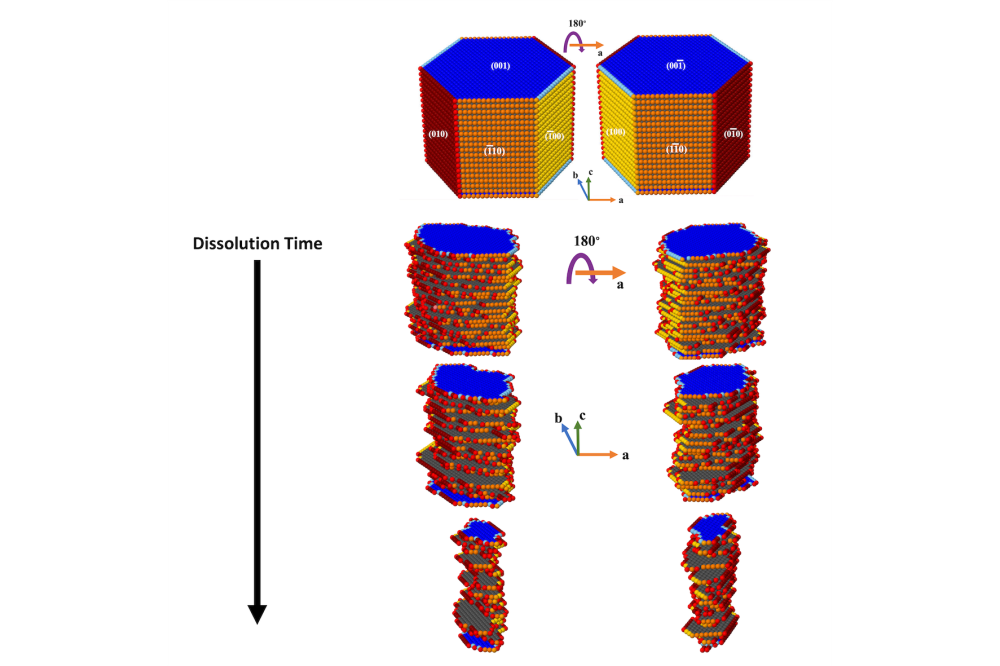
Overall objective of this project is to develop an elementary physical/chemical bridging model for the chemical reaction ...
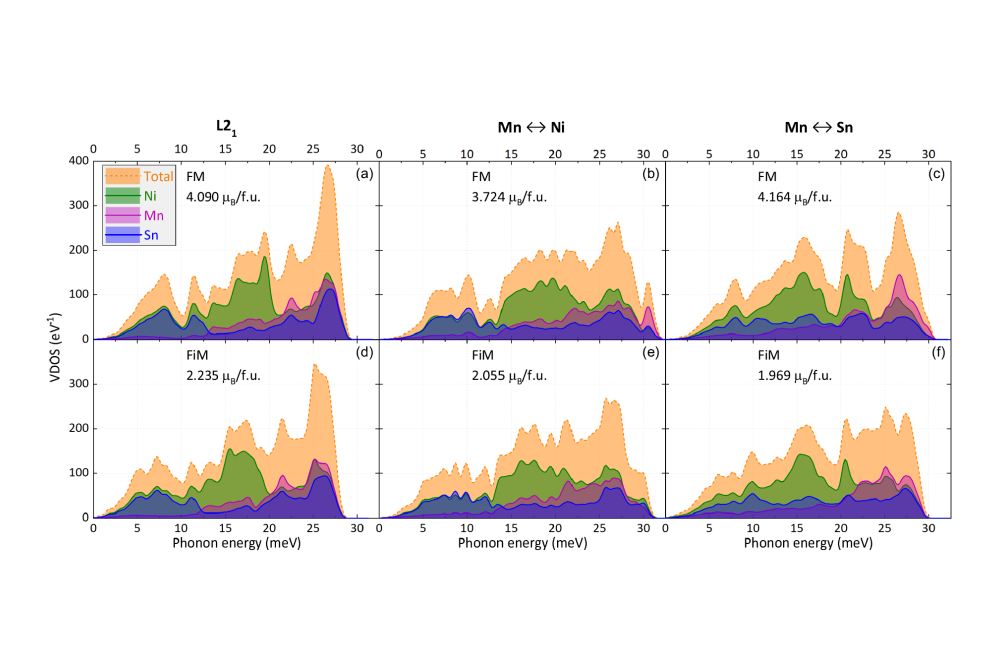
The current project aims to reveal the relevant intrinsic mechanisms responsible for the coupling of the lattice and ...
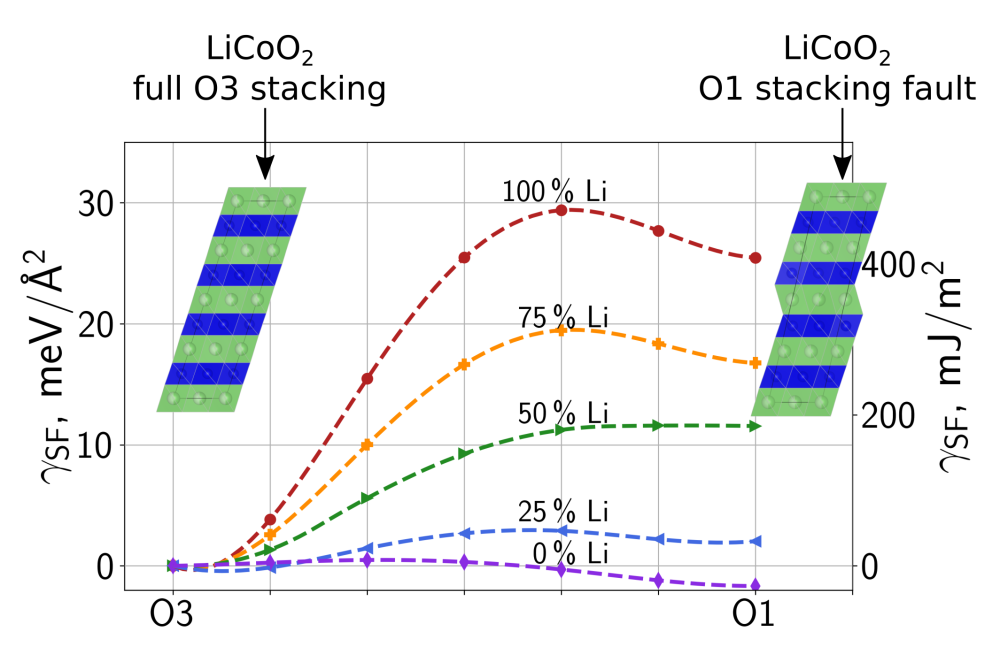
Layered transition metal oxides are employed as cathode materials in high-voltage, rechargeable lithium ion batteries ...
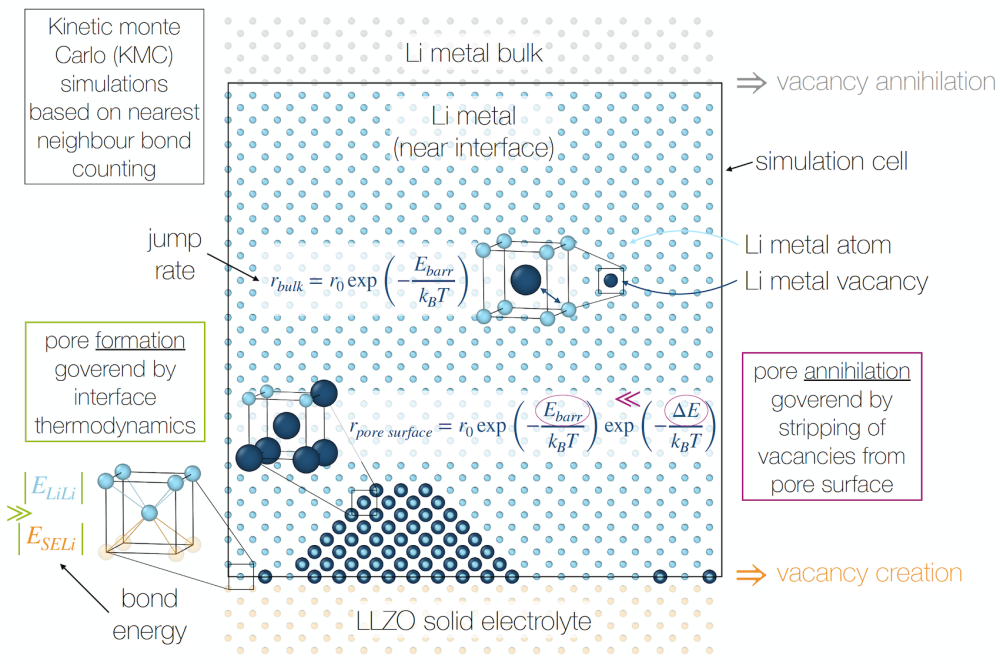
One approach to the realization of safer batteries relies on all solid-state batteries (ASSB) which use a non-flammable ...
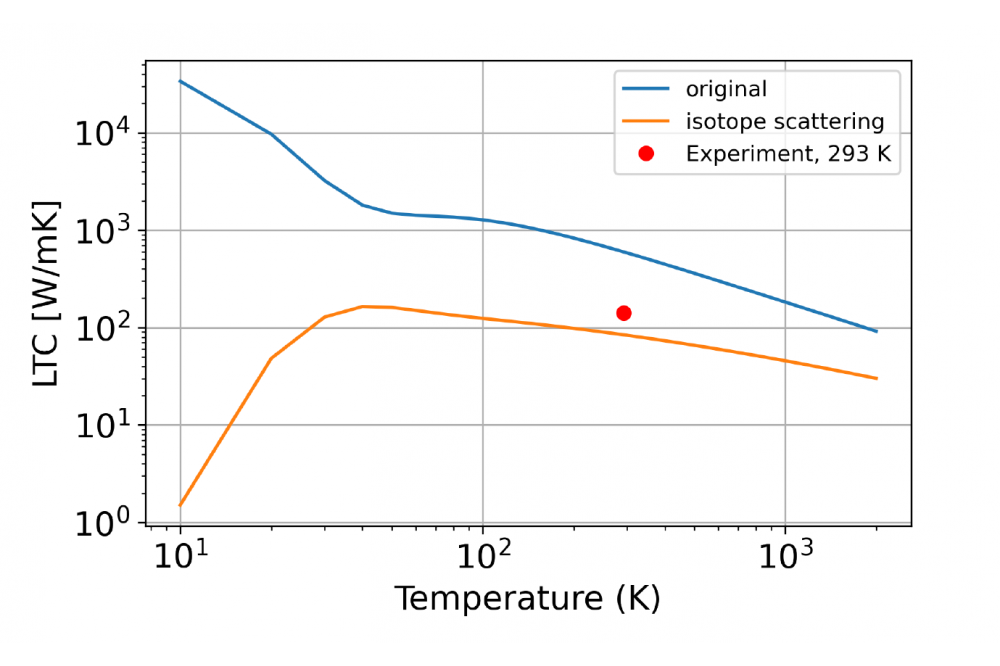
Refractory metal silicide systems like Mo-Si-Ti are expected to be ideal substrates in composite materials for high ...
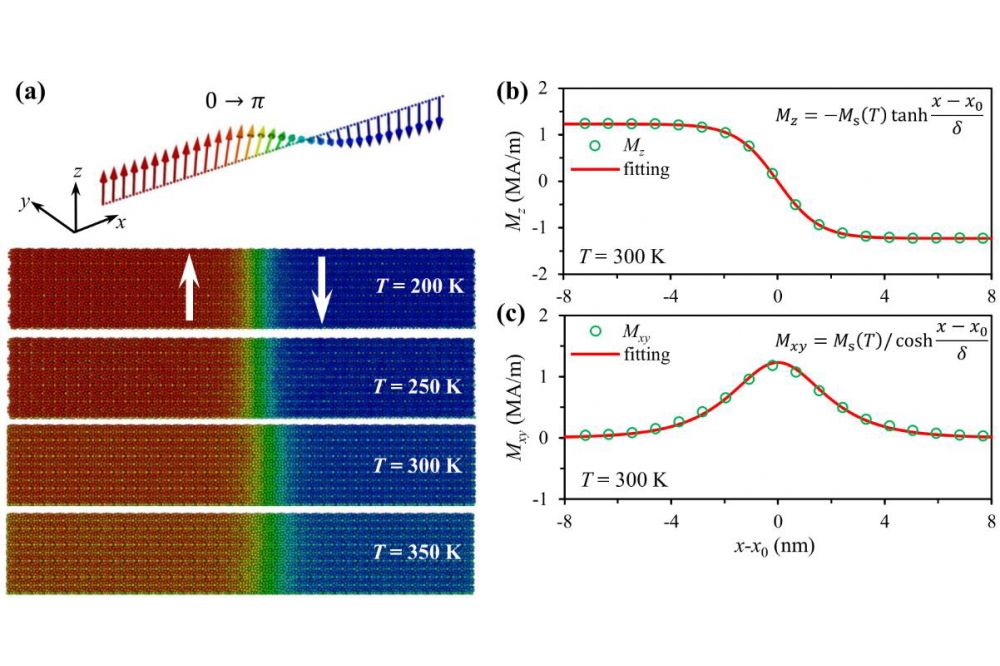
Predicting the temperature dependent properties of magnetic materials is still challenging, which cannot be dealt with ...

The aim of the last project was to understand the CO2 activation over Au and Cu loaded ceria and bare indium oxide. In ...
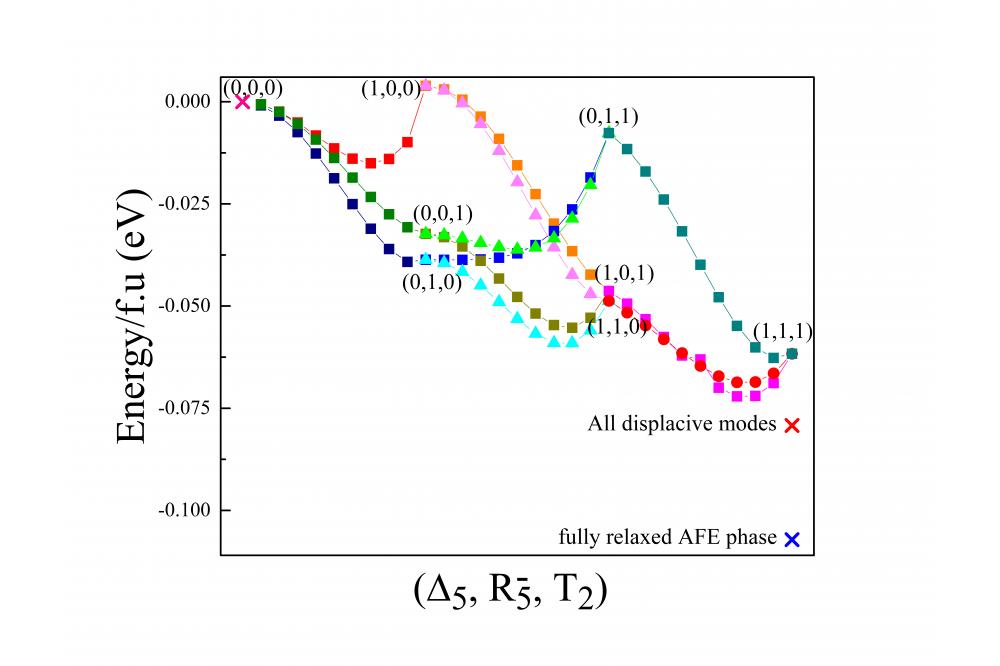
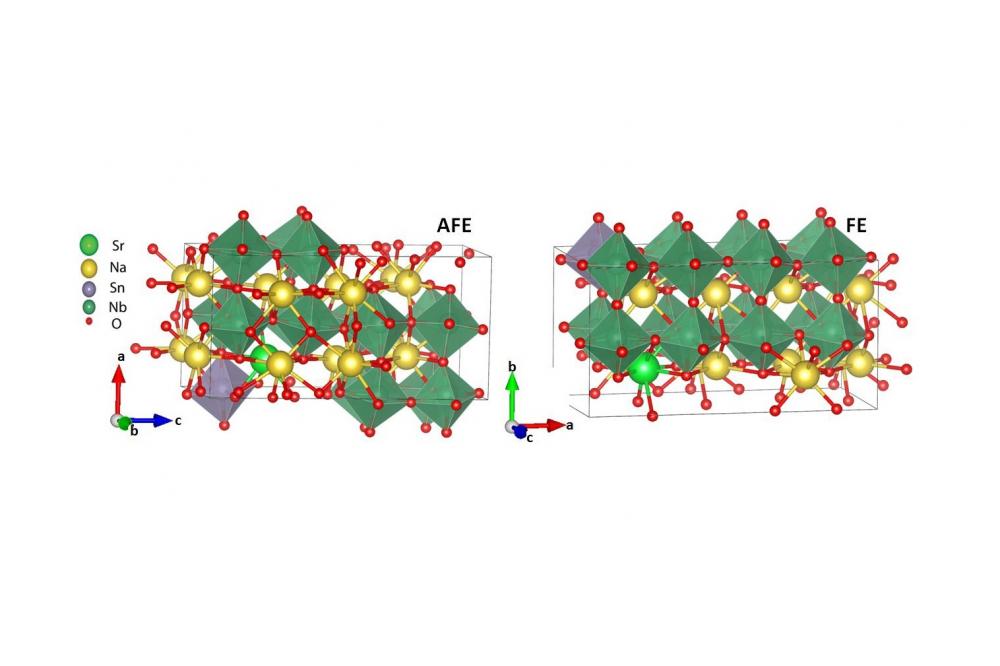
Antiferroelectric (AFE) materials have recently been of a great interest, due to their unique applications in the energy ...
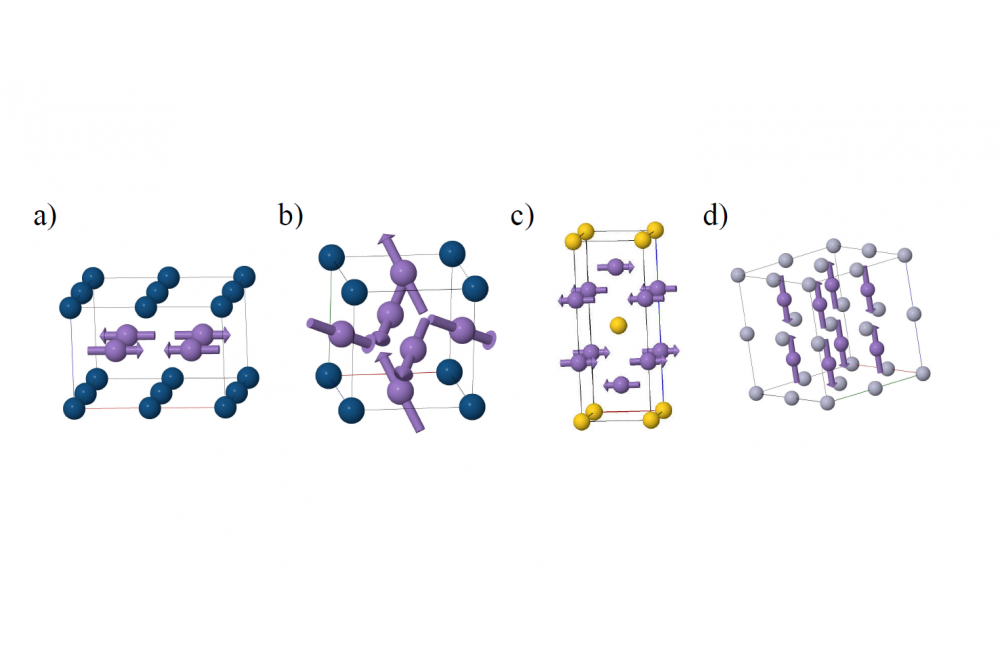
Magnetic materials are key components for energy harvesting and conversion, information technology and sensor ...
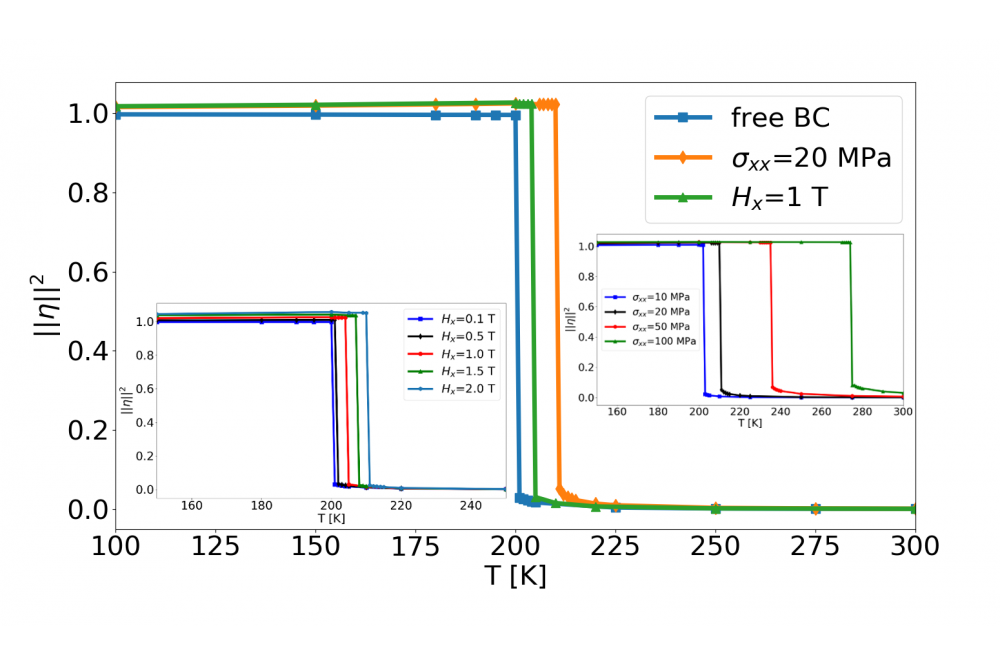
In 2018, Gottschall et al. proposed a multi-stimulit concept for magnetocaloric cooling. [1] The energy consumption ...
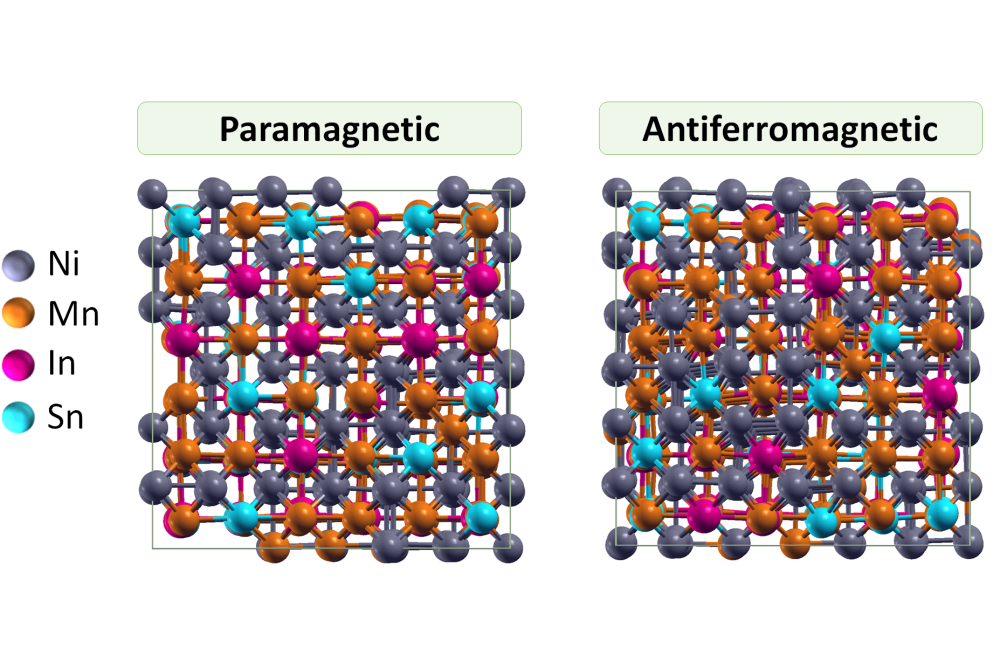
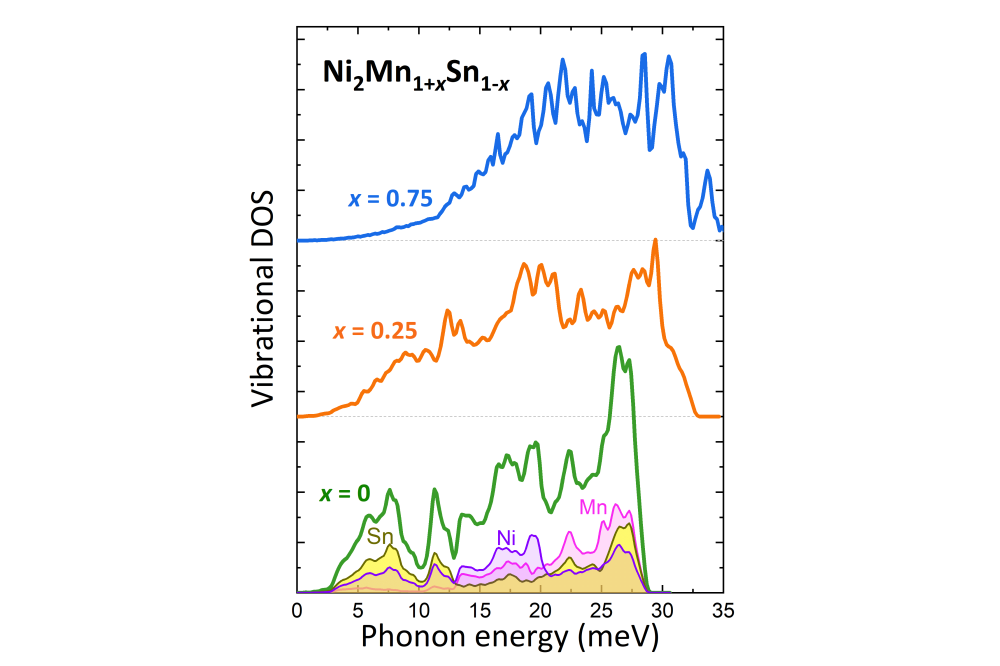
One important aim of modern energy-conserving technologies is magnetic cooling at room temperature. This environmentally ...
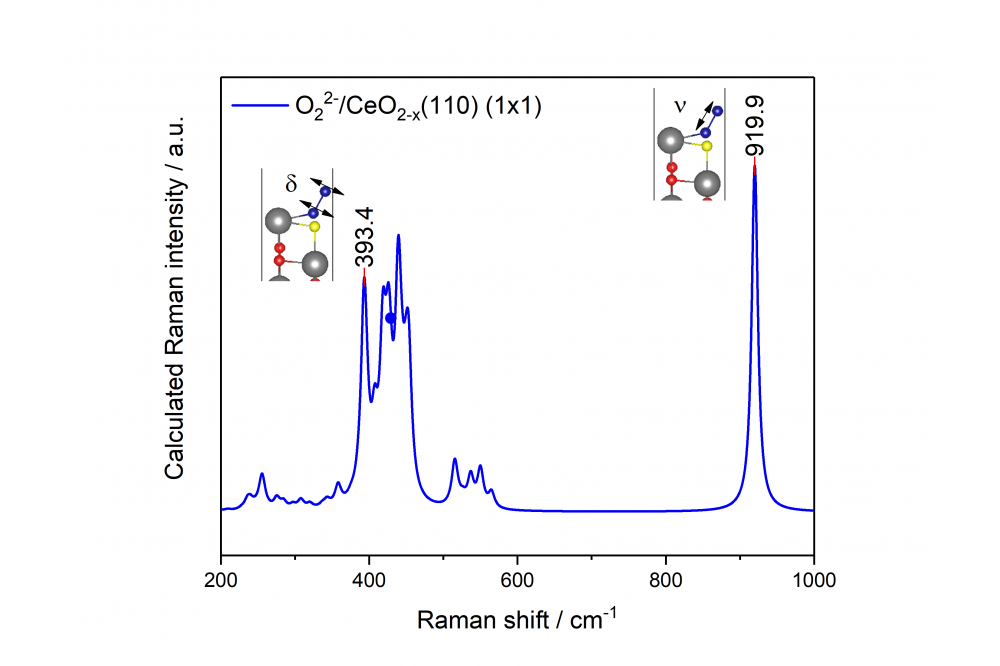
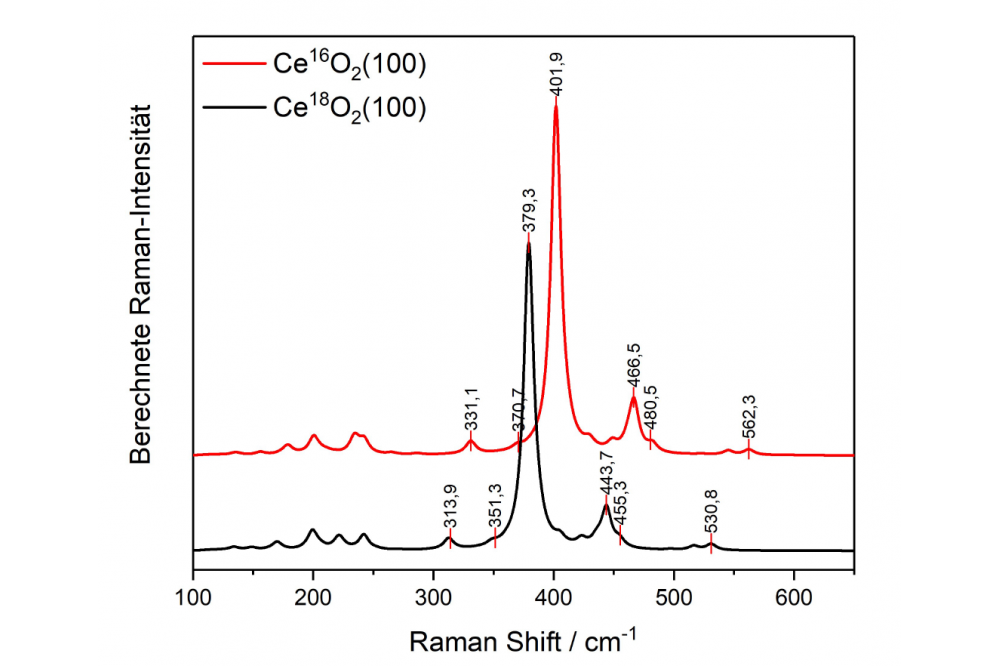
Ceria is an important support material for precious metals to catalyze oxidation reactions such as CO oxidation or the ...
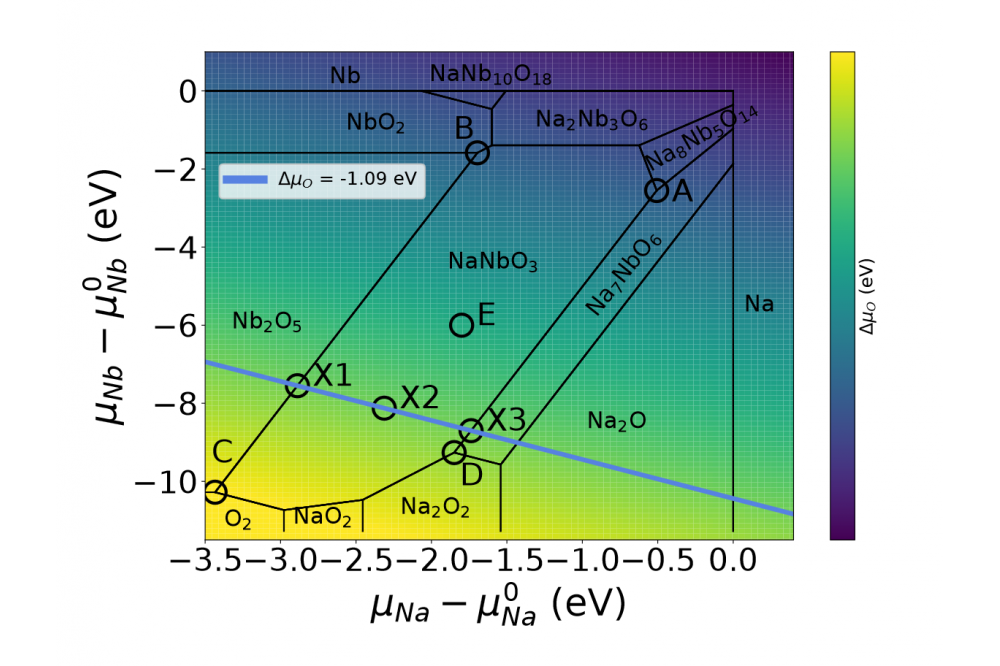

Dielectric capacitors are considered to be promising candidates for energy storage applications in high power ...



